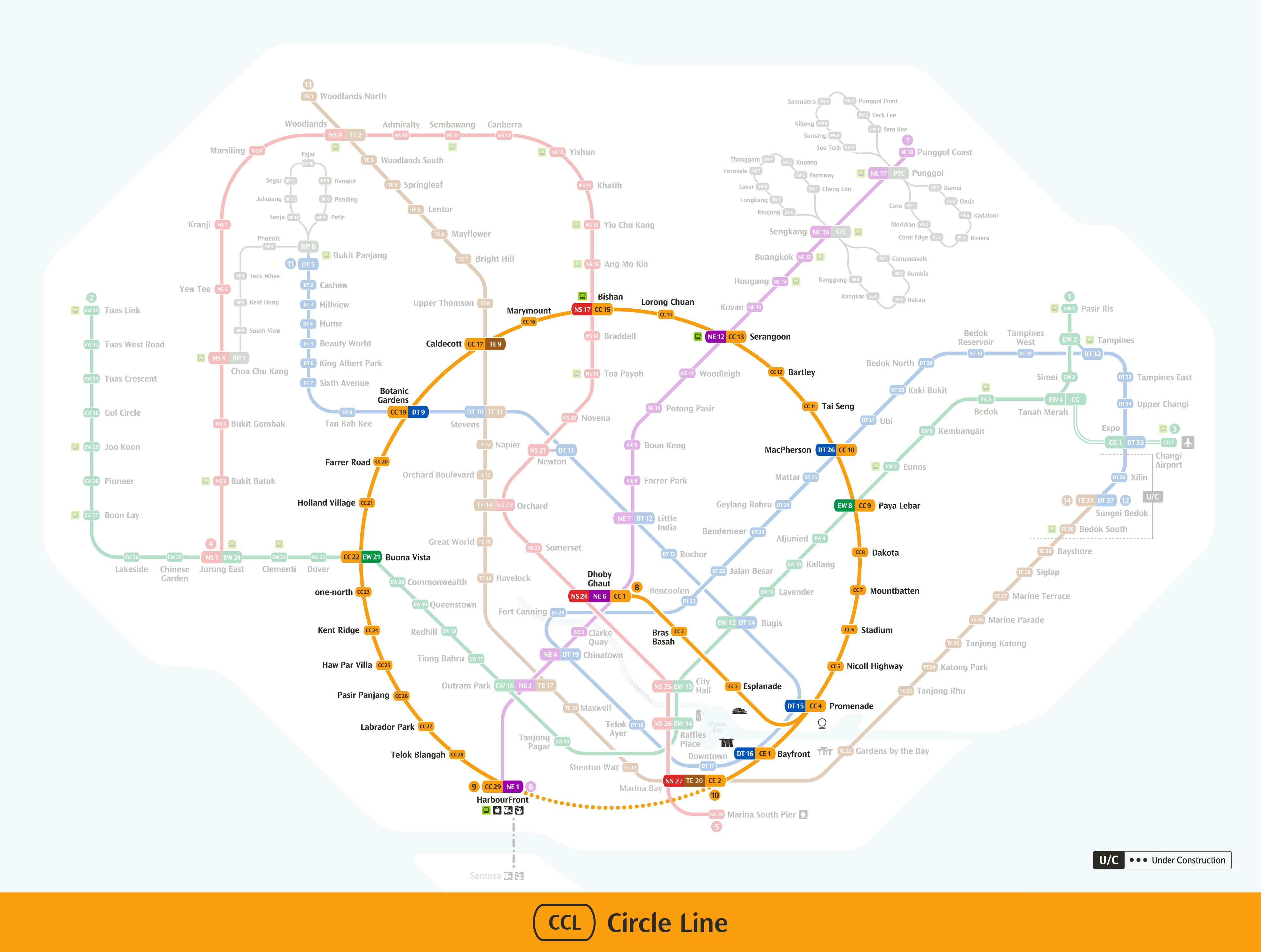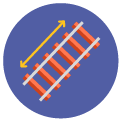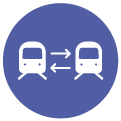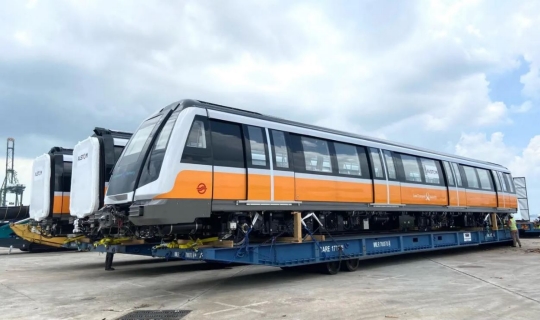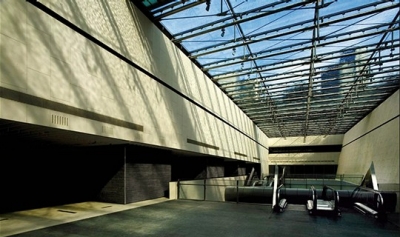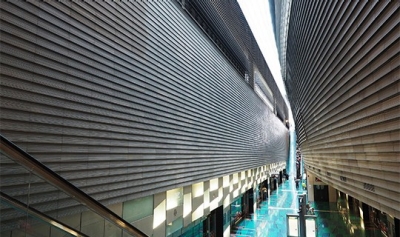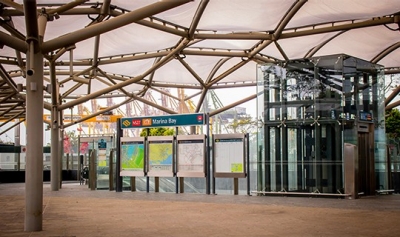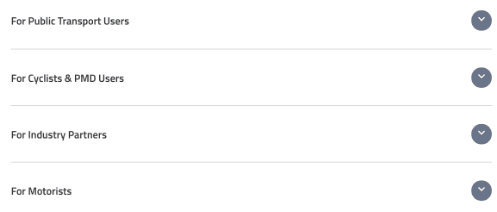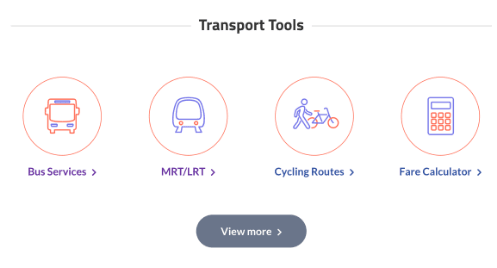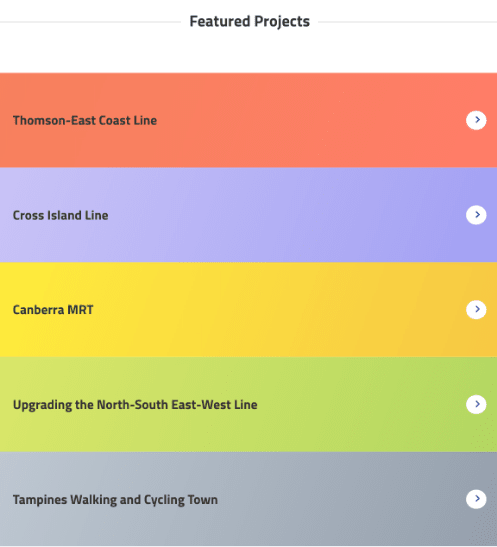The Circle Line: Going Places Faster
Building the Circle Line (CCL) was a feat that required innovations in design, engineering and construction. It took place in challenging soil conditions, a maze of underground structures, and under a densely packed surface of roads, expressways and buildings.
Proposals for the line began in the 1990s, and plans for the CCL evolved to:
- cater to growing public transport demand,
- distribute commuter traffic away from busy interchanges, and
- create a greater number of connections and faster journeys.
As its name suggests, the 30-station CCL is a circular rail line linking the North-South, East-West and North East Lines to the city.




